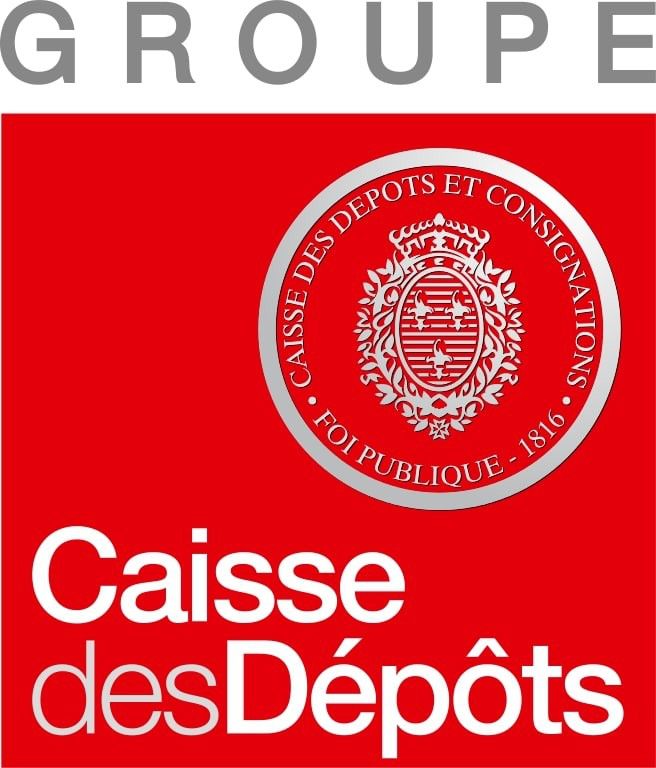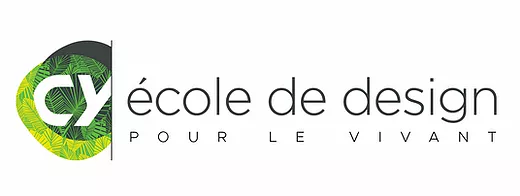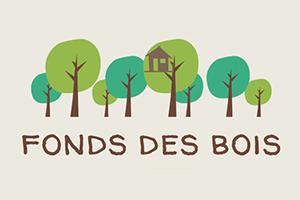Published : Tools
The editorialization of video recording performed here in addition to the article published by the journal Mediapart on the digital challenges for the university is a prototype of what the Institute of Research and Innovation calls a Video Book.
Separated in chapters, the video book is navigable in various ways: the table of contents gives access [...]
Read this post
Published : Tools
IRI Notes is a temporalized note-taking tool. It allows a student or a group of students to take notes during a recorded course, whether face-to-face or remotely. Once the note-taking is done, the student can clean up his notes and ask for their synchronization to the video recording.
The perspective is then reversed: the notes become [...]
Read this post
Published : Tools
In line with the Ligne de Temps platform, the MD-composer was created as part of the partnership with the Aix en Provence Lyric Art Festival. It enriches a video with multimedia content (text, image, audio, video, links) and publishes it in an editorial environment. Based on the Cinélab data model and the Lignes de Temps [...]
Read this post
Published : Tools
IconoLab is a still-image annotation platform that allows annotations to be attached to fragments of the image in the same way that Ligne de Temps‘ annotations are associated with segments of the video. The interest of IconoLab is to help control the quality of tagging in a contributive way using two categories: relevance and reliability. [...]
Read this post
Published : Tools
Developed within the framework of the ANR Episteme project, CatEdit is a text editor allowing contributive categorization – ie the definition of categories, their discussion in context and their relation with examples, resources and illustrations and also their links with categories. related or subcategories.
Developed within the GitHub environment to benefit from a complete tracing over [...]
Read this post
Published : Tools
Developed by the company SopinSpace with a contribution to the open source code from IRI, this platform now administered by the Abilian company is intended for the annotation of texts and especially for reading communities or to prepare criticized versions of new texts.
GitHub: https://github.com/co-ment
Website: http://www.co-ment.com/
Read this post
Published : Tools
Text annotation based on meta-categories on the Hypothes.is platform
For its flexibility of use, its open source character and its historical links with the group W3C Web annotation, IRI has adopted but also modified the hypothesis annotation platform within the ANR Episteme project and in partnership with the LIRIS of the University of Lyon.
This tool allows:
– [...]
Read this post
Published : Tools
Tutoriel de RENKAN, un outil d’appropriation… par culture-gouv
Renkan (連環, « link » in Japanese) is a tool for creating collaborative heuristics maps.
Enabling real-time editing by multiple users, like an Etherpad or a Google Drive document, Renkan is a powerful tool for aggregating, editorializing and linking resources: text, images, videos, web pages.
With drag and drop functionality, all web [...]
Read this post
Published : Tools
A Hashcut is both a hypervideo (clickable video) and a Mashup (mix of media).
A Hashcut is a collection of video quotes, put together end-to-end, without altering the original media, and allows everyone to propose a new look, a gateway editorialized on these media.
The Hashcut platform, set up by IRI in the « View, Annotate, Mount » workshops [...]
Read this post
Published : Tools
Visual Sedimentation is a novel design metaphor for visualizing data streams directly inspired by the physical process of sedimentation. Visualizing data streams (e. g., Tweets, RSS, Emails) is challenging as incoming data arrive at unpredictable rates and have to remain readable. For data streams, clearly expressing chronological order while avoiding clutter, and keeping aging data [...]
Read this post

 in english
in english en français
en français










